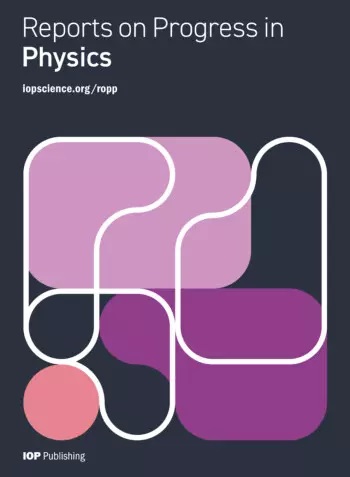钙钛矿太阳能电池界面工程应变调节。
IF 20.7
1区 物理与天体物理
Q1 PHYSICS, MULTIDISCIPLINARY
引用次数: 0
摘要
钙钛矿太阳能电池(PSCs)因其高效、低成本的特点而备受关注。然而,由于应变引起的降解会影响钙钛矿层的结构完整性和性能,因此长期的操作稳定性仍然是一个重大挑战。由于层间晶格失配、制造过程中的热膨胀和外部机械力等因素引起的应变会诱发结构缺陷,加速离子迁移,进一步降低器件的使用寿命。研究表明,掺杂、增材工程、优化退火工艺、界面改性等策略可以有效缓解钙钛矿薄膜制备过程中产生的残余应变,从而提高器件的整体性能。其中,界面工程已被证明是调节应变从而提高器件稳定性的关键策略。本文提供了针对psc应变调节的界面工程方法的最新进展的全面概述。详细讨论了具有应变调节的界面设计在增强结晶度,降低缺陷密度和改善长期性能方面的作用,为提高钙钛矿基光伏器件的稳定性和效率的未来策略提供了见解。本文章由计算机程序翻译,如有差异,请以英文原文为准。
Strain regulation by interface engineering in perovskite solar cells.
Perovskite solar cells (PSCs) have garnered attention for their high efficiency and low production costs. However, long-term operational stability remains a significant challenge due to strain-induced degradation that impacts the structural integrity and performance of the perovskite layer. Strain, arising from factors such as lattice mismatch between layers, thermal expansion during fabrication, and external mechanical forces, can induce structural defects, accelerate ion migration and further reduce the operational lifespan of devices. Research has shown that strategies such as doping, additive engineering, optimization of annealing processes, and interface modification can effectively relieve the residual strain produced in the fabrication process of perovskite film, thereby enhancing the overall performance of the device. Among them, interface engineering has proven to be a key strategy for regulating strain and accordingly enhancing device stability. This article provides a comprehensive overview of recent advances in interface engineering approaches aimed at strain regulation in PSCs. The role of interface design with strain regulation in enhancing crystallinity, reducing defect density, and improving long-term performance is discussed in details, offering insights into future strategies for improving the stability and efficiency of perovskite-based photovoltaic devices.
.
求助全文
通过发布文献求助,成功后即可免费获取论文全文。
去求助
来源期刊

Reports on Progress in Physics
物理-物理:综合
CiteScore
31.90
自引率
0.00%
发文量
45
审稿时长
6-12 weeks
期刊介绍:
Reports on Progress in Physics is a highly selective journal with a mission to publish ground-breaking new research and authoritative invited reviews of the highest quality and significance across all areas of physics and related areas. Articles must be essential reading for specialists, and likely to be of broader multidisciplinary interest with the expectation for long-term scientific impact and influence on the current state and/or future direction of a field.
 求助内容:
求助内容: 应助结果提醒方式:
应助结果提醒方式:


